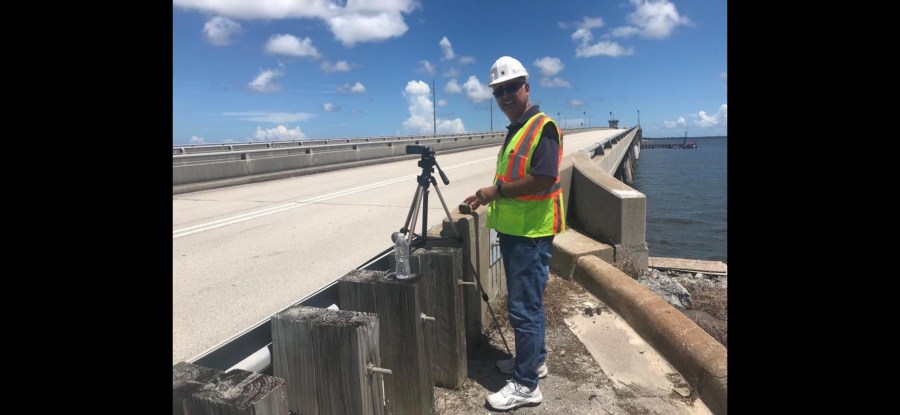SURFSIDE, Fla. (WFLA) — Hours before rescue crews started combing through the debris of the 12-story collapse of a high-priced Surfside condominium complex, friends and family of the people who lived there arrived with hope.
Willie Gomez owns one of the units in the collapsed tower.
“And the first thing I thought about was the lady who rents there,” he said. “And I got in the car and came over to see what was going on.”
When this tragedy shifts from search and rescue to the investigation into the cause, the first step will involve forensic engineering, according to Necati Catbas with the University of Central Florida Civil Engineering.

“They will review the design of the building. They will review inspection reports,” Catbas explained. “They will collect material samples – concrete, steel samples. They will inspect the foundation. We’ll see what these possibilities might be and what really caused this failure.”
Catbas said he expects a computer simulation will be created with the relevant data to better analyze the collapse that was captured by surveillance cameras. The simulation will be an important tool for investigators and engineers who work towards determining how the cause happened.
“Once you replicate that failure, you will understand the root causes of the problem,” Catbas said.
While this tragedy hit without warning, Catbas said there are electronic sensing systems that monitor the health of structures such as bridges and high rises to detect stressed areas and changes in the load points of buildings as well as shifts in foundations.
Catbas expects those types of devices to be a bigger part of our world in the near future to avoid and possibly even prevent early-morning shockers like the one that hit the Miami area.
“We have to take advantage of our technology,” Catbas said. “We have all sorts of sensors in our cars, in our homes. Why not in our infrastructure? It can give some sort of early warning of some problems.”






